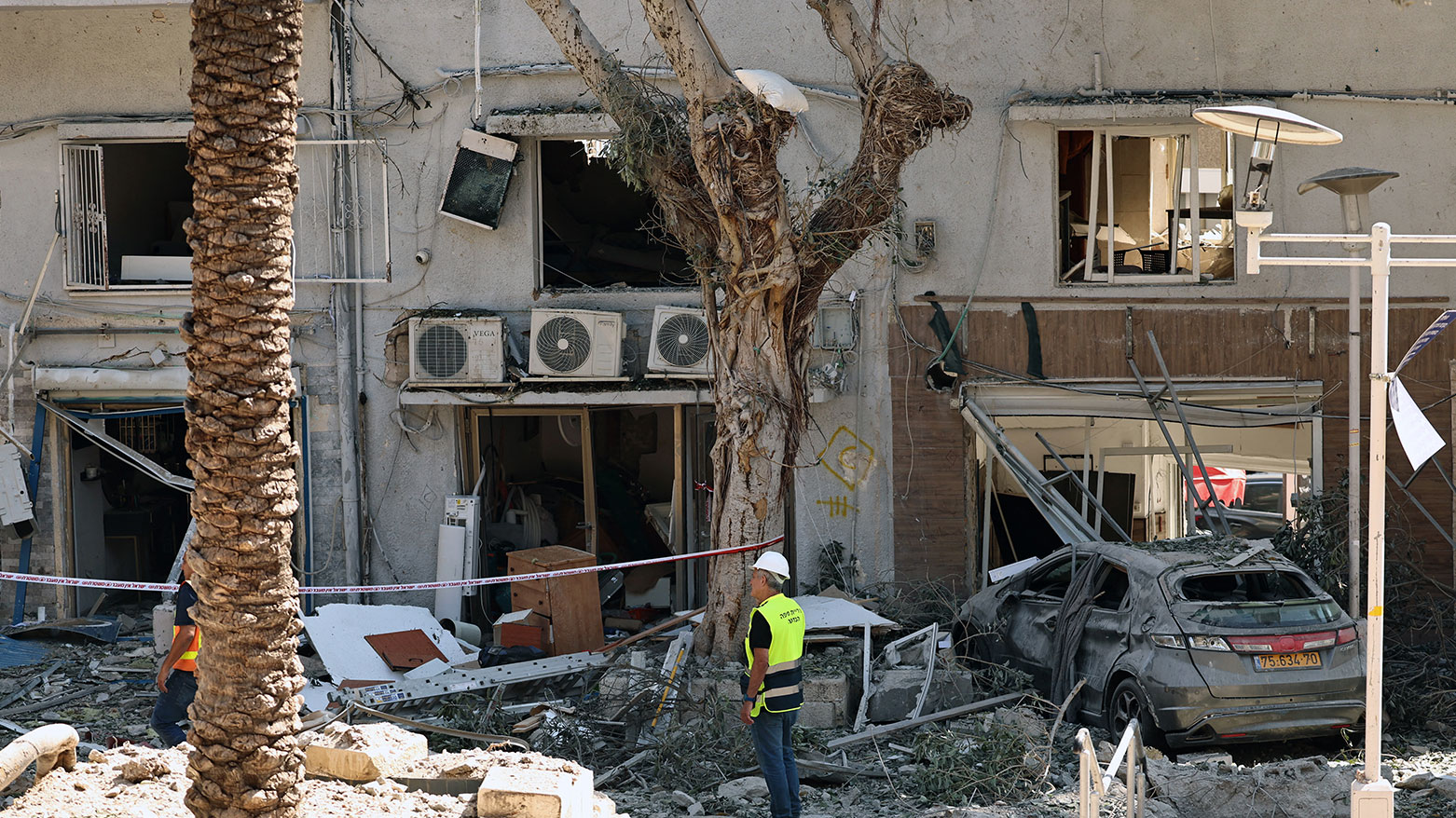Iran Launches New Missile Wave on Israel
Monday’s coordinated missile offensive targeted several high-value military and intelligence installations, including the Israeli army's northern front command center in Safed, the Nevatim Airbase, Mossad intelligence facilities, and several military-industrial complexes.

ERBIL (Kurdistan24) — The Islamic Revolutionary Guard Corps (IRGC) Aerospace Force launched a fresh wave of ballistic missile strikes on multiple Israeli sites early Monday, marking the 21st phase of its ongoing "Operation True Promise 3." The IRGC stated that the assault utilized its advanced Kheibar II ballistic missile, emphasizing its precision targeting and ability to evade modern air defense systems.
According to the official statement released by Tasnim News Agency, Monday’s coordinated missile offensive targeted several high-value military and intelligence installations, including the Israeli army's northern front command center in Safed, the Nevatim Airbase, Mossad intelligence facilities, and several military-industrial complexes.
The IRGC described the strikes as a demonstration of Iran’s evolving missile technology and strategic reach. Notably, the Kheibar II missiles, with a reported range of 1,450 kilometers and capable of carrying 500-kilogram warheads, were central to the operation. The missile uses solid fuel and is engineered to penetrate advanced air defense shields while delivering highly accurate strikes.
"The Islamic Revolutionary Guard Corps Aerospace Force has entered a new phase of deterrence by deploying Kheibar II in operational combat," the statement said. "Today's attacks signal a broader capability to strike across the entirety of Israeli territory, including Tel Aviv and Haifa."
Monday’s missile barrage is the latest escalation in a broader confrontation that has seen an increase in both aerial and cyber operations in the region. The IRGC pledged continued operations until, in its words, "aggressors are held accountable."
The situation remains fluid as international observers continue to monitor developments in the region.
